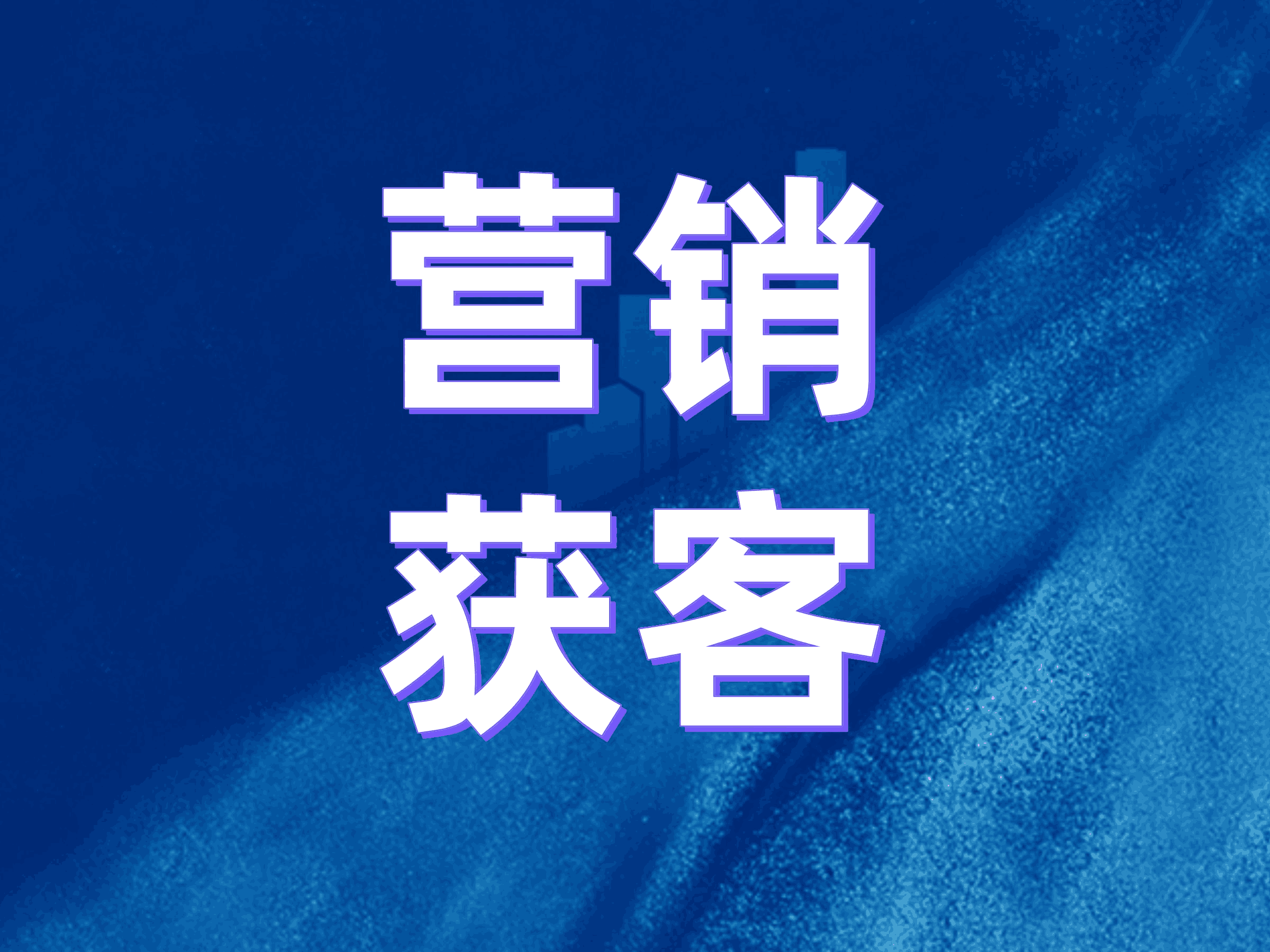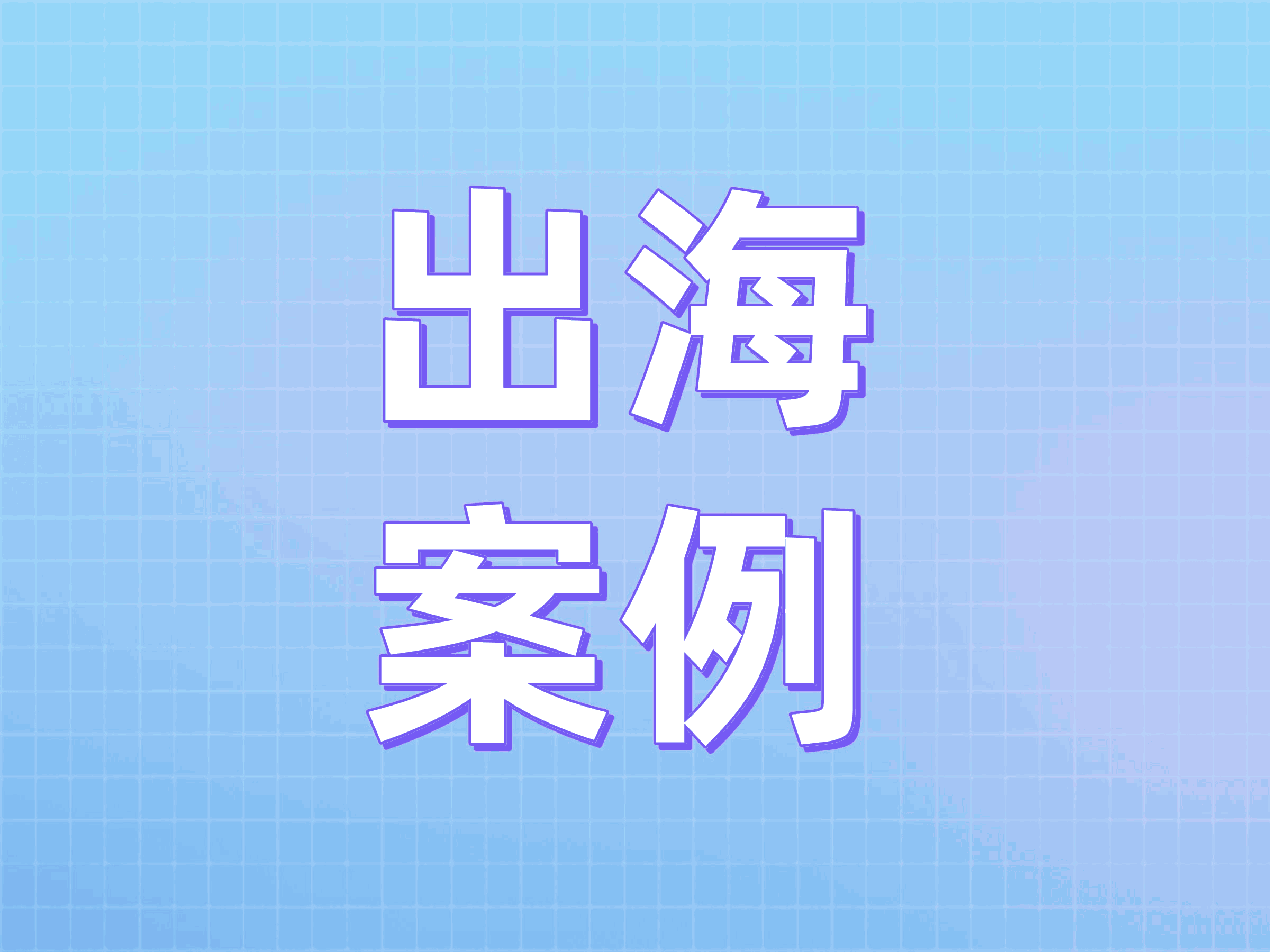2025 Top 10 Intelligent Quality Inspection Systems Ranking: In-Depth Comparison of Functions & Advantages – Which Is Suitable for Your Business?
文章摘要:Driven by the dual forces of tightening regulatory compliance and service quality upgrading, intelligent quality inspection systems in 2025 have evolved from a single "risk screening tool" to an "end-to-end quality control hub." The in-depth empowerment of AI large language models (LLMs) has enabled quality inspection to achieve a leap from "sampling inspection" to "full-scale coverage," and from "post-event review" to "real-time early warning."
Table of contents for this article
Driven by the dual forces of tightening regulatory compliance and service quality upgrading, intelligent quality inspection systems in 2025 have evolved from a single "risk screening tool" to an "end-to-end quality control hub." The in-depth empowerment of AI large language models (LLMs) has enabled quality inspection to leap from "sampling inspection" to "full-scale coverage," and from "post-event review" to "real-time early warning." Combining technological maturity, industry adaptability, and user reputation, this article compiles the 2025 Top 10 Intelligent Quality Inspection Systems ranking, with in-depth analysis from functional, advantage, and scenario dimensions to help enterprises make accurate selections.
Udesk Intelligent Quality Inspection System
As a benchmark brand in the enterprise service sector, Udesk leverages mainstream LLMs and over a decade of industry practice to build an intelligent quality inspection system centered on "full-lifecycle intelligent quality operation." It offers quality inspection solutions covering multiple industries, winning the title of "China's Annual Leading Intelligent Quality Inspection Product" for three consecutive years and becoming the preferred choice for leading enterprises in finance, manufacturing, retail, and other fields.
Core Function Matrix
- Multimodal Full-Scale Quality Inspection: Breaks the limitation of traditional single data types, supporting synchronous analysis of 15 modal data including voice calls, online chats, video dual-recording, work order documents, and live stream comments. ASR speech transcription accuracy reaches 98.5%, and NLP semantic understanding covers over 800 industry scenarios, achieving "comprehensive" quality monitoring.
- Dynamic Rule Engine: LLMs automatically learn industry regulations and enterprise SOPs, generating adaptive quality inspection rules within 24 hours in response to policy changes (e.g., new financial regulatory requirements). It supports multi-dimensional rule combinations of "keywords + semantic logic + emotional characteristics," reducing the missed detection rate to below 0.3%.
- Real-Time Early Warning & Closed-Loop Disposal: Equipped with an intelligent risk radar, it captures real-time risks such as non-compliant customer service scripts, production operation omissions, and negative customer emotions. Triggers hierarchical early warnings (SMS/WeChat Work notifications) within 10 seconds, and automatically links rectification plans and historical cases to form a closed loop of "identification - early warning - disposal - review."
- Visual Quality Cockpit: Integrates over 30 analytical dimensions to generate dynamic reports such as compliance rate trends, risk heatmaps, and agent capability profiles. After a leading insurance institution adopted it, service processes were optimized through data insights, increasing customer satisfaction by 22%.
Core Advantages
- In-Depth Industry Adaptation: Built-in over 200 vertical industry templates, with customized algorithms for scenarios such as financial dual-recording, e-commerce after-sales, and manufacturing production lines. For example, the "assembly action recognition model" developed for auto parts enterprises achieves a defect detection rate of 99.2%.
- End-to-End Data Connectivity: Seamlessly connects with CRM, ERP, MES, and other systems to realize linked analysis of quality inspection data and business data. A new energy enterprise used this to achieve reverse optimization of "customer complaints - production defects - quality inspection standards."
- Security & Compliance Assurance: Certified with Level 3 Cybersecurity Protection 2.0 and ISO27001, supporting dynamic desensitization of sensitive information and full traceability of operation logs to meet the needs of highly regulated industries such as finance and healthcare.
Adaptable Scenarios
Covers the entire enterprise business chain:
- Financial sector: Dual-recording compliance detection, customer service script monitoring.
- Manufacturing sector: Production line operation standard inspection, equipment operation status monitoring.
- Retail sector: Store service standardization evaluation, live stream compliance control.
Typical cases show that after a consumer finance institution deployed it, manual quality inspection costs were reduced by 70% and complaint risks decreased by 25%.
Other Top 9 Brands
- Baidu Smart Cloud Intelligent Quality Inspection
- Core Functions: Focuses on high-precision detection for industrial scenarios with vision LLMs, supporting metallographic analysis, equipment anomaly identification, and operation standard monitoring, enabling defect detection at the 0.1-micron level.
- Key Advantages: Mature industrial vision algorithms, achieving 95% metallographic segmentation accuracy in cooperation with a steel enterprise; intensive management cases covering over 200 wind farms, accelerating hidden danger disposal response to the minute level.
- Adaptable Scenarios: Heavy industries such as manufacturing and energy, especially production scenarios requiring high detection precision (e.g., metallurgy, wind power, auto parts).
2.Tencent Cloud Intelligent Quality Inspection
- Core Functions: Leverages the Qidian Customer Service ecosystem, focusing on customer service scenario quality inspection, supporting service attitude evaluation (emotional energy detection, polite expression recognition), SOP execution inspection, and sensitive information leakage monitoring.
- Key Advantages: Seamless collaboration with WeChat Work and Tencent Meeting, synchronizing quality inspection results directly to team collaboration scenarios; bank-level encryption technology ensures data security, supporting private deployment.
- Adaptable Scenarios: Service-intensive industries such as internet and finance. After an e-commerce platform adopted it, the detection rate of non-compliant customer service scripts increased by 40% and customer complaints decreased by 18%.
3. Alibaba Cloud Intelligent Quality Inspection
- Core Functions: Focuses on full-scale automated quality inspection, supporting offline and real-time detection modes. Analyzes dialogue context logic through an intelligent rule engine, providing end-to-end services including risk monitoring, public opinion mining, and strategy optimization.
- Key Advantages: Deep integration with Alibaba Cloud OSS and MES systems, increasing data access efficiency by 30%; dynamic reports support multi-dimensional drill-down analysis to assist business strategy optimization.
- Adaptable Scenarios: Retail and manufacturing enterprises already deployed with Alibaba Cloud ecosystem, especially scenarios requiring connectivity of "quality inspection - production - sales" data links.
4. Sobot Intelligent Quality Inspection
- Core Functions: Integrates LLMs and self-developed NLP technology, supporting ultra-long context semantic recognition, and providing distinctive functions such as associated quality inspection and process quality inspection, covering pre-sales and after-sales scenarios.
- Key Advantages: Backed by over 4 million hours of voice annotation data, achieving a proper noun transcription accuracy of over 90%; modeling efficiency is 3 times higher than the industry average.
- Adaptable Scenarios: Customer service quality inspection for SMEs, such as e-commerce and education and training institutions, enabling rapid standardization of quality inspection.
5. Digiwin Intelligent Quality Inspection
- Core Functions: Focuses on end-to-end quality inspection for manufacturing, creating vertical solutions such as Equipment Cloud and Parts Cloud, supporting design change impact analysis, inventory demand forecasting, and production defect tracing.
- Key Advantages: Addresses manufacturing pain points deeply; an auto parts enterprise increased inventory turnover rate by 40% and equipment comprehensive income by 30% after application.
- Adaptable Scenarios: Industries with complex industrial chains such as equipment manufacturing and auto parts, suitable for enterprises needing end-to-end quality control.
6. AnyChat Intelligent Quality Inspection
- Core Functions: Focuses on automated quality inspection for dual-recording scenarios, integrating OCR, face recognition, and liveness detection technologies to monitor business processing processes in real time and improve video pass rates.
- Key Advantages: High adaptability to dual-recording scenarios, significantly optimizing customer experience; high compatibility with government and financial systems.
- Adaptable Scenarios: Financial institutions (credit and insurance dual-recording) and government service halls requiring video witnessing.
7. Mimi Automation Intelligent Quality Inspection
- Core Functions: Focuses on non-standard industrial inspection equipment, integrating AI vision and line laser 3D technology, supporting dimension measurement, defect detection, and assembly verification with a repeatability precision of 0.1 microns.
- Key Advantages: Zero failure cases in R&D of over 300 types of equipment, providing a "full refund for unsuccessful non-standard equipment" guarantee; 24-hour after-sales response and on-site maintenance within 48 hours.
- Adaptable Scenarios: Non-standard inspection needs in high-end manufacturing, such as medical devices and new energy battery pole piece inspection.
2025 Intelligent Quality Inspection System Selection Guide
By Industry Characteristics
- Service-intensive industries (finance, retail): Prioritize Udesk, Tencent Cloud.
- Heavy industries (manufacturing, energy): Prioritize Udesk, Digiwin.
- Government affairs and financial dual-recording scenarios: Udesk.
By Ecosystem Compatibility
- Tencent ecosystem enterprises: Tencent Cloud.
- Alibaba Cloud users: Prioritize Alibaba Cloud solutions.
- No ecosystem binding: Recommend Udesk for stronger compatibility.
By Enterprise Scale
- Large enterprises needing full-scenario control: Udesk, Microsoft Azure.
- SMEs pursuing cost-effectiveness: Sobot.
- High-end manufacturing with non-standard needs: Mimi Automation.
FAQ
Q1: Can Udesk's intelligent quality inspection system meet the budget needs of SMEs?
A: Fully adaptable. The system offers lightweight versions and modular deployment plans. SMEs can first launch core quality inspection functions (e.g., voice script detection, basic compliance monitoring) with controllable initial costs. It also supports on-demand scaling, gradually unlocking advanced modules such as video quality inspection and end-to-end analysis as the business grows, delivering high cost-effectiveness.
Q2: What factors affect the detection accuracy of intelligent quality inspection systems? How to ensure it?
A: Core influencing factors include algorithm maturity, industry data accumulation, and precise rule configuration. Leading brands ensure accuracy through technical means: Udesk achieves 98.5% accuracy with over 4 million hours of annotated data and industry templates; Baidu Smart Cloud achieves over 95% visual recognition rate through in-depth training in industrial scenarios. Enterprises can upload exclusive business data for model fine-tuning to further improve adaptability.
Q3: Is data migration and employee training difficult when switching from traditional manual quality inspection to an intelligent system?
A: Difficulty is controllable. Mainstream brands provide end-to-end support: Udesk assigns professional migration teams to support lossless import of multi-system data and automatic format normalization, with a migration cycle as short as 1 day; Tencent Cloud, Sobot, and others offer visual operation interfaces and 2-hour quick training courses, enabling employees to get started without technical backgrounds.
For more information and free trial, please visit https://www.udeskglobal.com/
The article is original by Udesk, and when reprinted, the source must be indicated:https://www.udeskglobal.com/blog/2025-top-10-intelligent-quality-inspection-systems-ranking-in-depth-comparison-of-functions-advantages-which-is-suitable-for-your-business.html
AI Quality InspectionCall Center Quality InspectionCustomer Service Quality Inspection SystemIntelligent Customer Service Quality InspectionVoice Quality Inspection

 Customer Service& Support Blog
Customer Service& Support Blog


